Announcement of new GB standards for Pneumatic Tyre Tubes
At the end of 2023, it was announced that 423 new national GB standard standards and 2 national standards revision lists had been approved by the Standardization Administration of China (SAC). Among other product categories, the announcement of December 28, 2023 also contained new standards for automotive tires, which fall under obligatory CCC Certification.
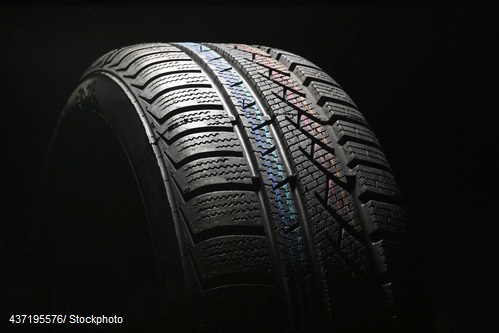
More specifically, these new GB standards cover pneumatic tire tubes (current standard: GB/T 6326-2014), tire terminology (GB/T 7036.1-2009), as well as road wear test procedures for car tires (GB/T 29041-2012).
CCC Certification is required to confirm that certain products meet China’s national safety and quality standards before they can be sold or put into service there.
We will report on the regulations and their implementation date as soon as more information is available.
For more information on how CCC certification, the CCC Self-Declaration and voluntary CCAP or CQC certification may affect your company, or for more information about CCC certification in general, please visit our News Section where you will find current updates twice a week.
Please do not hesitate to contact us for further details and consultation. You can contact us via email, Chat, or call us (UK: +44 2071931135, Europe: +49 69 2713769150, US: +1 773 654-2673).
You can also check out our free CCC-Brochure, which can be downloaded as a PDF file. The brochure also contains information on the CCC Self-Declaration and the voluntary CQC- and CCAP-Certification).
Implementation of CAV Certification
On November 15th, 2023 the first annual conference of the Motor Vehicle Certification Alliance (Certification Alliance for Vehicle, CAV) took place in Xi’an. The main topics of the conference are the future direction of the alliance as well as the implementation of the first set of harmonized implementation rules for product certification of automotive components.
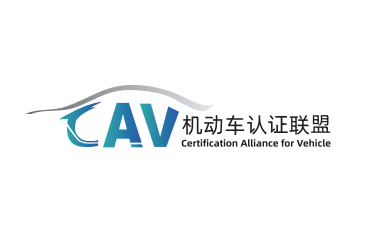
For products that fall under CQC certification or CCAP certification, CAV certificates can also be obtained instead of the CQC and CCAP authorities’ own certificates. The certification process is identical to the CQC/CCAP certification with the difference that in the end the documents are submitted to CAV by the relevant authority (CQC/CCAP) and the CAV will issue the CAV certificate.
The following CAV implementation rules have been implemented since the conference:

The advantage of the new CAV certification is the wider acceptance of the test and certification results through other certification bodies. If CAV certificates are submitted as part of the entire vehicle homologation, the vehicle manufacturer generally no longer must submit any additional documents such as test reports.
For more information on how CCC certification, the CCC Self-Declaration and voluntary CCAP or CQC certification may affect your company, or for more information about CCC certification in general, please visit our News Section where you will find current updates twice a week.
Please do not hesitate to contact us for further details and consultation. You can contact us via email, Chat, or call us (UK: +44 2071931135, Europe: +49 69 2713769150, US: +1 773 654-2673).
You can also check out our free CCC-Brochure, which can be downloaded as a PDF file. The brochure also contains information on the CCC Self-Declaration and the voluntary CQC- and CCAP-Certification).
New Wi-Fi Standard for SRRC Certification in China
With the Wi-Fi Alliance officially announcing the launch of the Wi-Fi CERTIFIED 7™ certification program this year, more and more new generation Wi-Fi 7 (802.11be) devices will appear on the market. Wireless, radio and telecommunications products in China generally require SRRC Certification in order to be approved for import and use on the Chinese market.
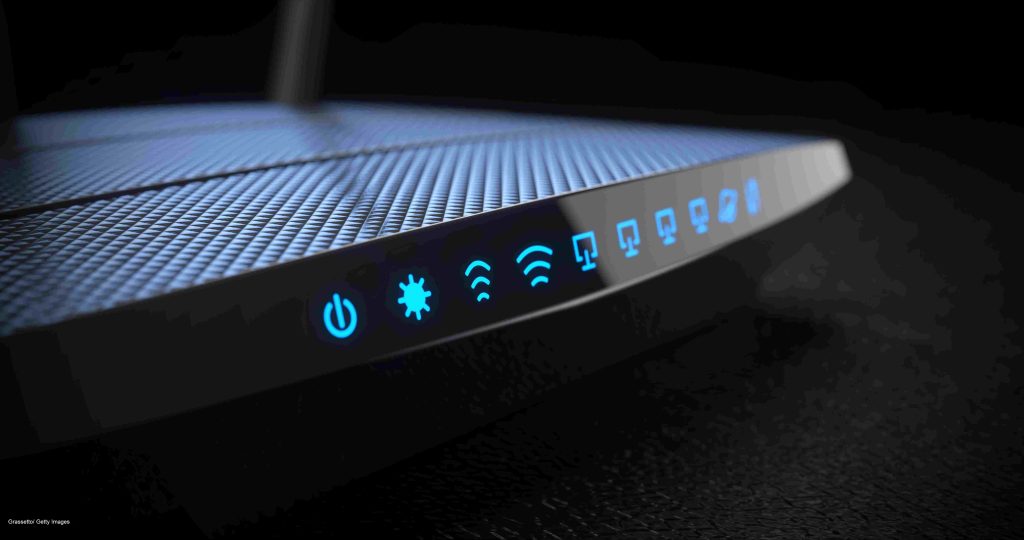
Announcement No. 129 Notice on Strengthening and Standardizing Radio Management in the 2400 MHz, 5100 MHz and 5800 MHz Frequency Bands of the Ministry of Industry and Information Technology (MIIT) was issued in China with the aim of promoting the high-quality development of the WLAN industry and the standardization of products based on the IEEE 802.11be standard. In November 2023, the State Radio Monitoring Center issued a notice on “Technical Requirements and Test Methods for Model Approval of WLAN Devices Using the IEEE 802.11be Technical Standard”.
The State Radio Monitoring Center issued a notice on “Technical Requirements and Test Methods for Model Approval of Wireless LAN Equipment Using the IEEE 802.11be Technical Standard” on November 28th, 2023.
The Notice requires that wireless LAN equipment using IEEE 802.11be technology produced or imported for sale and use in China should comply with the relevant requirements stipulated in Document No. 129 and following three test items:
- Multi-link Operation (MLO) Characteristics
- Multi-resource unit (MRU) Spectrum Template
- Vector Magnitude Error (EVM)
The Notice came into effect on the date of issuance.
For more information about how SRRC Certification might impact your business, or information about SRRC or NAL certification in general, please visit our website.
Please do not hesitate to contact us for further details and advice. You can write to us by email or chat, or call us at +49692713769150. You can also view our free SRRC/NAL brochure, which you can download as a PDF file.
CCAP Announces Changes to Requirements and Regulations for CCC Certificates and CCC Logos
In accordance with CNCA Announcement No. 2023-12, the decision of the TC11-2023-03 Technical Whole Vehicle Expert Group, and the decision of the TC12-2023-03 Technical Motorcycle Expert Group, on December 29, 2023, the China Certification Centre for Automotive Products (CCAP) announced the new design and format of the CCC certificate, as well as changes to the CCC logo implementation regulations.
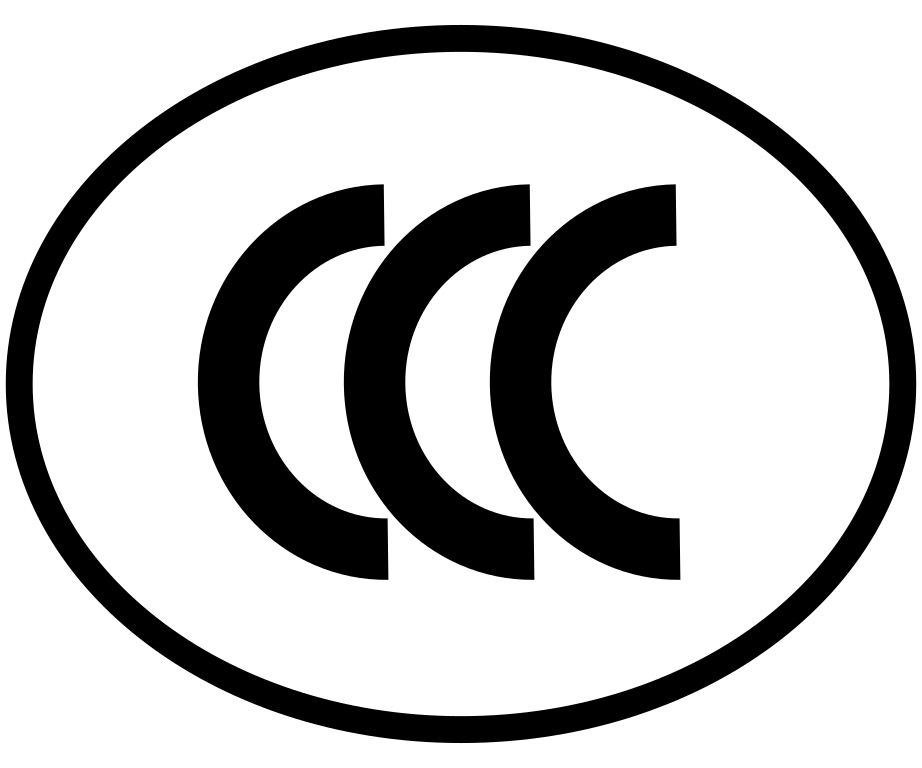
The specific announcement reads as follows:
1. The content and form of the new CCC certificate have been revised.
2. The CCC certificate will be completely converted to electronic format.
In general, only an electronic version of the CCC certificate is issued. If the certificate is required in paper form, a separate application is required. The e-certificate and the paper certificate have the same legal effect. The standard format of the e-certificate is . OFD.
3. Translation of CCC certificates
By default, only the Chinese version of the e-certificate is issued. If required, CCAP can also provide translation documents in other languages (the English version by default). However, the translated document has no legal effect and cannot be used alone.
4. Implementing provisions
From 1 January 2024, CCAP will issue the CCC certificates in a new version. Valid paper certificates and e-certificates in PDF format that have already been issued can still be used. These certificates should be naturally converted to the new format as soon as possible by amendment, expiry and/or renewal.
For more information on how CCC certification, the CCC Self-Declaration and voluntary CCAP or CQC certification may affect your company, or for more information about CCC certification in general, please visit our News Section where you will find current updates twice a week.
Please do not hesitate to contact us for further details and consultation. You can contact us via email, Chat, or call us (UK: +44 2071931135, Europe: +49 69 2713769150, US: +1 773 654-2673).
You can also check out our free CCC-Brochure, which can be downloaded as a PDF file. The brochure also contains information on the CCC Self-Declaration and the voluntary CQC- and CCAP-Certification).
New Coding Format and SRRC Certificate Format in China
According to the “Radio Transmitting Equipment Management Regulations” (MIIT Announcement No. 57 in 2022), the Ministry of Industry and Information Technology (MIIT) of China revised the documents “Radio Transmitting Equipment SRRC Certificate Format” and “Radio Transmitting Equipment SRRC Certificate Coding Rules”. Telecommunications and radio devices generally require SRRC certification in order to be approved for import and sale in China.

These two documents will be effective from December 1, 2023. The original “Notice of the Ministry of Information Industry on Strengthening the Management of Radio Transmitting Equipment” (MIIT Announcement No. 363) and the “Notice of the General Office of the Ministry of Industry and Information Technology on Changing the SRRC Code Format of Radio Transmitting Equipment” (MIIT Announcement No. 9) will be abolished.
New SRRC certificate format:
The new SRRC certificate will be in the following format:
https://www.china-certification.com/wp-content/uploads/SRRC-Certificate-new-format.pdf
The new version of the SRRC certificate consists of a main page and attachments: In the new version of the certificate, main information such as the certified product unit and equipment name is reflected on the first page, and specific information such as technical parameters is reflected on the attachment.
In addition, the new certificate will also have the information of the OEM company through Attachment 2. It contains information such as the device’s manufacturing company information, company attributes, and address.
The new version of SRRC certificate also promotes the development of the conversion from paper certificates to electronic certificates.
New SRRC certificate coding system:
The old version of SRRC code is obtained after the SRRC certificate is issued, while the new version of the code can be obtained in advance when the applicant submits the SRRC application.
The new SRRC code structure is “CMIIT ID: AABCCDDDEEEE”, where the CMIIT ID remains unchanged. The new SRRC code has a total of 12 digits:
– AA represents the year code (2 digits). E.g., 24 for 2024.
– B represents the equipment code (1 capital letter)

– CC represents the territorial code. (2 digits)

– DDD represents the enterprise code (3 digits, including at least 1 digit)
– EEEE is an autonomous code (4 digits, the first one can be capital letter or number, the last three must be digits).
The SRRC certificate applicants can compile their own codes according to the rules, but they need to pay attention to the following matters:
- The independently compiled SRRC code should comply with radio management laws and regulations and must not violate public order or cause any ambiguity.
- The autonomous part of the code is independently defined and generated by the applicant according to the rules. Applicants should strengthen independent code management to avoid submitting duplicate or invalid codes when applying. After the SRRC application is accepted, the applicant is not allowed to change the SRRC code on its own.
- The year code is the year when the application was submitted. For applications where the application and certification time are not in the same year, the year code should still be filled in according to the time when the application was submitted.
- For applicants who give up on compiling their own SRRC codes, the system will randomly generate the SRRC code.
- The SRRC code can be obtained when submitting the application, but the actual effective date is still after the SRRC certificate is issued. Only after obtaining the SRRC certificate, the enterprises can produce and sell related radio transmitting equipment.
After the new version of the SRRC certificate and coding system are officially implemented, the previous version of SRRC certificate and its original code (CMIIT ID number) are still valid and do not need to be adjusted as long as the certificate is still valid. If the SRRC certificate needs to be extended or changed, the applicant can submit an application in accordance with the relevant regulations of radio management. After obtaining the new version of the SRRC certificate, the CMIIT ID number will remain unchanged. For newly applied equipment, a new version of SRRC certificate and code will be obtained according to the new regulations.
For more information about how SRRC certification or NAL certification might impact your business, or information about SRRC or NAL certification in general, please visit our news section.
Please do not hesitate to contact us for further details and advice. You can write to us by email or chat, or call us at +49692713769150. You can also view our free SRRC/NAL brochure, which you can download as a PDF file.
CCAP announces Launch of Electric Vehicle Charging Equipment Certification
China Automotive Certification Center Co., Ltd. (CCAP) has announced on January 28, 2024 the initiation of CCAP mark certification for electric vehicle charging equipment. This certification adheres to several standards, including GB/T 18487.1-2015 and GB/T 18487.2-2017, among others, covering various aspects like general requirements, electromagnetic compatibility, and communication protocols. Many products and components related to E-Mobility require CCC Certification in order to be approved for import and sales on the Chinese market.
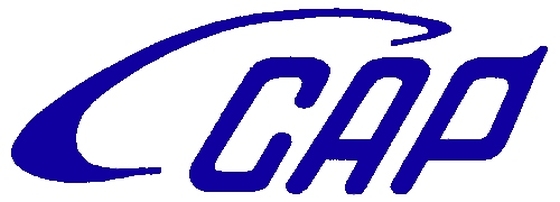
For this purpose, CCAP has created the implementation rules document CCAP-GZ-464230: 2024 “CCAP Mark Certification Implementation Rules for Electric Vehicle Charging Equipment”.
From the announcement date, CCAP will accept certification requests via their business system, email, or post. This move is a significant step in standardizing and ensuring the quality and safety of electric vehicle charging infrastructure.
Certification of this product category will be conducted according to the following standards:
- GB/T 18487.1-2015 Electric vehicle conductive charging system Part 1 : General requirements
- GB/T 18487.2-2017 Electric vehicle conductive charging system Part 2 : Electromagnetic compatibility requirements for non-vehicle conductive power supply equipment
- GB/T 27930-2015 Communication protocol between off-board conductive charger and battery management system for electric vehicles
- GB/T 34657.1-2017 Electric Vehicle Conducted Charging Interoperability Test Specification Part 1 : Power Supply Equipment
- GB/T 34658-2017 Conformance test of communication protocol between off-board conductive charger and battery management system of electric vehicles
- GB/T 39752-2021 Safety Requirements and Test Specifications for Electric Vehicle Power Supply Equipment
- NB/T 10902-2021 Technical conditions and installation requirements for off-board chargers of 20kW and below
- NB/T 33001-2018 Technical Conditions for Off-Board Conductive Chargers for Electric Vehicles
- NB/T 33002-2018 Technical Conditions for Electric Vehicle Charging Equipment
- NB/T 33008.1-2018 Electric Vehicle Charging Equipment Inspection and Test Specifications Part 1 : Off-board Chargers
- NB/T 33008.2-2018 Electric Vehicle Charging Equipment Inspection and Test Specifications Part 2 : AC Charging Piles
For more information on how CCC certification, the CCC Self-Declaration and voluntary CCAP or CQC certification may affect your company, or for more information about CCC certification in general, please visit our News Section where you will find current updates twice a week.
Please do not hesitate to contact us for further details and consultation. You can contact us via email, Chat, or call us (UK: +44 2071931135, Europe: +49 69 2713769150, US: +1 773 654-2673).
You can also check out our free CCC-Brochure, which can be downloaded as a PDF file. The brochure also contains information on the CCC Self-Declaration and the voluntary CQC- and CCAP-Certification).


